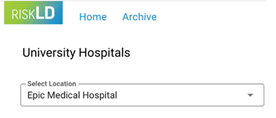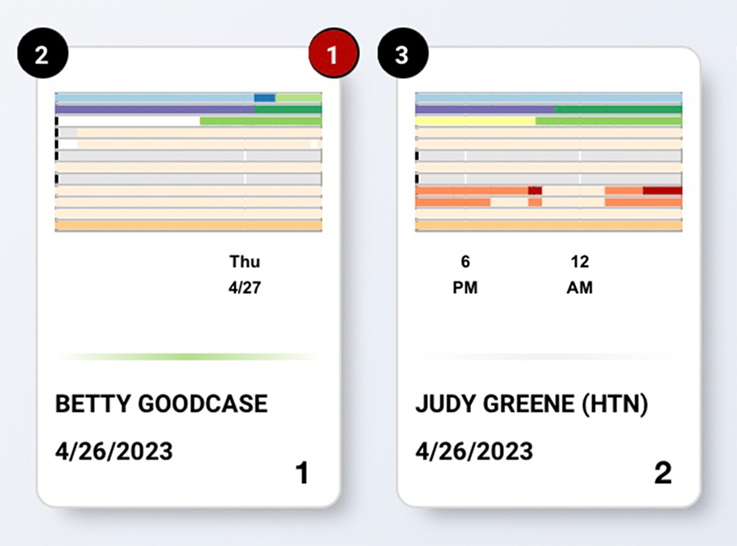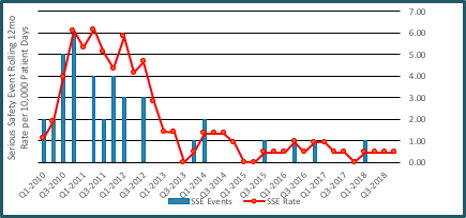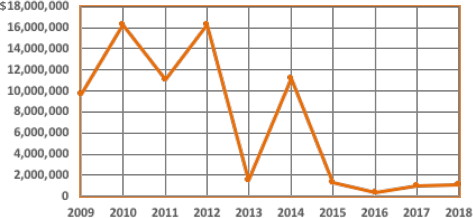Monitor
Diagnose
Alert
Support
Monitor
Diagnose
Alert
Support
Medical errors on Labor & Delivery Units are driven by:
Our software is designed to tackle both.
Unit-Level View



Patient-Level View


Cossler, Liu, Porter, et al “Malpractice Litigation, Quality Improvement, and the University Hospitals Obstetric Quality Network” Journal of Patient Safety and Risk Management October 2019.
In summary, the riskLD system takes a large base of actionable knowledge and advances it by consolidating real-time monitoring, intelligent diagnosis matching, alerting, and instantaneous checklists to provide an assistant that is there for the clinical team around the clock. This application improves the communication among providers and helps prevent medical errors and adverse outcomes.